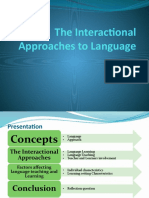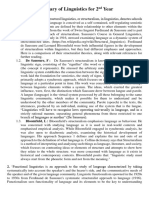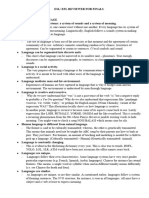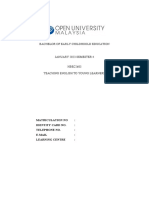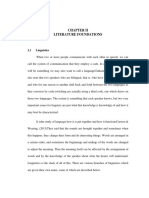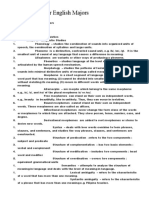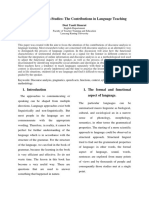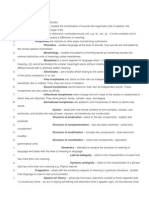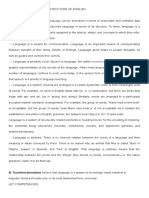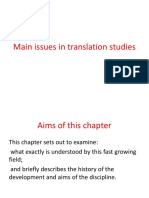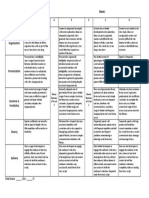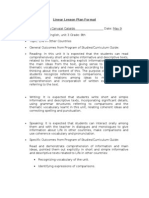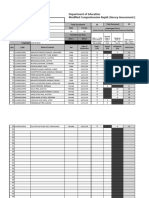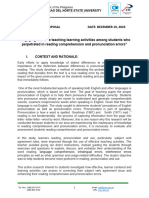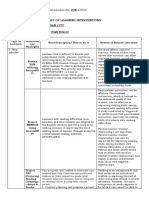EXCERPT
1
Views of
language
The views of language:
The structural view sees language as a linguistic system made up of various
subsystems: from phonological, morphological, lexical, etc. to sentences. Each
language has a finite number of such structural items. To learn a language means to
learn these structural items so as to be able to understand and produce language.
The functional view sees language as a linguistic system but also as a means for
doing things. Most of our day-to-day language use involves functional activities:
offering, suggesting, advising, apologizing, etc. Therefore, learners learn a language
in order to be able to do things with it. To perform functions, learners need to know
how to combine the grammatical rules and the vocabulary to express notions that
perform the functions. Examples of notions are concept of present, past & future
time; the expressions of certainty and possibility; the roles of agent and instrument
within a sentence; and special relationships between people and objects.
The interactional view considers language as a communicative tool, whose main
use is to build up and maintain social relations between people. Therefore, learners
not only need to know the grammar and vocabulary of the language but as
importantly they need to know the rules for using them in a whole range of
communicative contexts
These three views present an ever wider view of language. The structural view
limits knowing a language to knowing its structural rules and vocabulary. The
communicative or notional-functional view adds the need to know how to use the
rules and vocabulary to do whatever it is one wants to do. The interactional view
says that to know how to do what one wants to do involves also knowing whether it
is appropriate to do so, and where, when and how it is appropriate to do it. In order
to know this, the learner has to study the patterns and rules of language above the
sentence level to learn how language is used in different speech contexts..
The understanding of the nature of language may provide the basis for a
particular teaching method (Richards and Rodgers 1986), but more importantly, it is
closely related to the understanding of language learning. If language is considered
to have a finite number of structural items, learning the language probably means
learning these items. If language is more than just a system of structures, it is more
importantly a tool, then to learn the language means to use it, rather than just
study what it is and how it is formed. The next section summarizes some current
theories about language learning.





